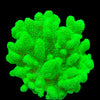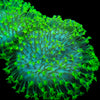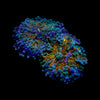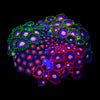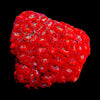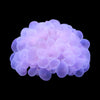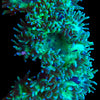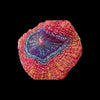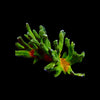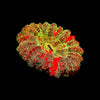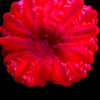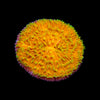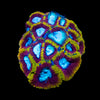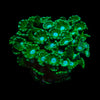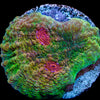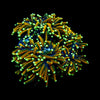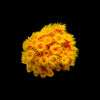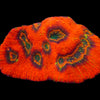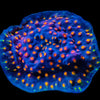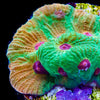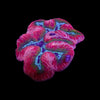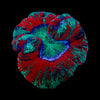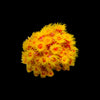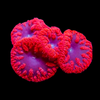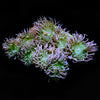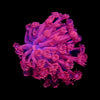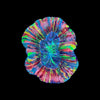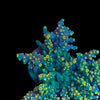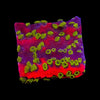DN
Knobbly Sea Rod Gorgonia - Eunicea mammosa | Hardy and Structuring Gorgonian for Reef Tanks
Knobbly Sea Rod Gorgonia - Eunicea mammosa | Hardy and Structuring Gorgonian for Reef Tanks
Available
Couldn't load pickup availability
The Knobbly Sea Rod Gorgonia (Eunicea mammosa) is a sturdy and striking gorgonian, perfect for adding height and movement to a reef aquarium. Native to the coral reefs of the Caribbean and Western Atlantic, this species features thick, knobby branches covered in delicate polyps that extend in good lighting. As a semi-photosynthetic gorgonian, it absorbs some energy from light while also requiring supplemental plankton feeding. This species is an excellent choice for aquarists looking for a resilient and decorative addition to their reef tank.
Key Benefits:
✔ Hardy gorgonian – Tolerates various reef tank conditions.
✔ Semi-photosynthetic – Absorbs energy from light but benefits from additional feeding.
✔ Provides natural structure – Offers habitat and shelter for fish and invertebrates.
✔ Reef-safe – Does not harm fish or corals.
✔ Natural swaying movement – Polyps gently sway with water flow.
Technical Specifications:
• Scientific Name: Eunicea mammosa
• Average Adult Size: 30-70 cm depending on growth conditions
• Origin: Caribbean, Western Atlantic
• Ideal Temperature: 24-28°C
• Salinity: 1.023 – 1.025
• pH: 8.1 – 8.4
• Lighting: Moderate to strong (blue and UV spectrums recommended)
• Water Flow: Moderate to strong (essential for feeding and sediment removal)
Care Instructions & Recommendations:
1️⃣ Compatibility: Suitable for reef aquariums, coexists well with fish and corals.
2️⃣ Feeding: Requires phytoplankton and zooplankton supplementation for healthy growth.
3️⃣ Placement: Best placed in a well-lit area with steady but non-excessive water flow.
4️⃣ Acclimation: Slow acclimation recommended to prevent stress.
5️⃣ Maintenance: Regularly check for algae buildup or sediment accumulation on branches.
Share












